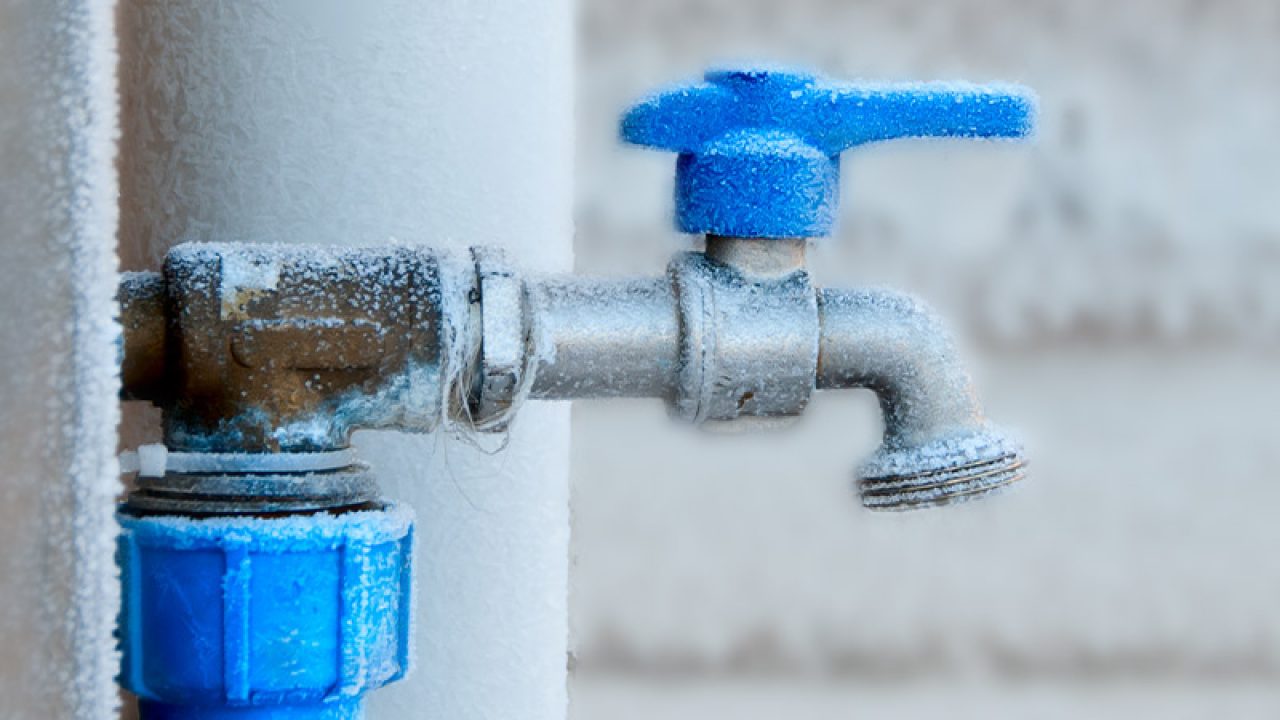Have you been trying to find guidance about How to Prevent Your Pipes From Freezing?

Cold weather can damage your plumbing, particularly by freezing pipes. Here's exactly how to prevent it from taking place and what to do if it does.
Introduction
As temperatures drop, the danger of icy pipelines increases, possibly leading to expensive repair services and water damages. Comprehending exactly how to stop icy pipes is crucial for house owners in cool environments.
Prevention Tips
Shielding vulnerable pipelines
Cover pipelines in insulation sleeves or use heat tape to protect them from freezing temperature levels. Concentrate on pipelines in unheated or outside locations of the home.
Heating strategies
Keep interior rooms appropriately heated up, specifically areas with plumbing. Open closet doors to enable warm air to distribute around pipelines under sinks.
Just how to identify frozen pipelines
Seek decreased water flow from taps, unusual odors or noises from pipelines, and visible frost on subjected pipelines.
Long-Term Solutions
Architectural adjustments
Think about rerouting pipes away from outside walls or unheated areas. Add additional insulation to attics, basements, and crawl spaces.
Updating insulation
Purchase top notch insulation for pipes, attics, and wall surfaces. Appropriate insulation helps preserve consistent temperature levels and minimizes the threat of icy pipelines.
Safeguarding Outdoor Plumbing
Garden pipes and outside taps
Detach and drain pipes garden pipes prior to winter season. Install frost-proof spigots or cover outside faucets with insulated caps.
Recognizing Frozen Pipes
What triggers pipelines to freeze?
Pipelines freeze when revealed to temperatures listed below 32 ° F (0 ° C) for expanded durations. As water inside the pipes freezes, it increases, putting pressure on the pipe walls and possibly causing them to burst.
Threats and damages
Icy pipes can cause water system interruptions, building damages, and expensive repair services. Ruptured pipes can flooding homes and trigger comprehensive architectural damage.
Signs of Frozen Water Lines
Determining frozen pipelines early can stop them from bursting.
What to Do If Your Pipes Freeze
Immediate actions to take
If you suspect icy pipes, keep faucets open to soothe stress as the ice melts. Use a hairdryer or towels taken in hot water to thaw pipelines gradually.
Final thought
Stopping icy pipelines needs aggressive procedures and fast feedbacks. By understanding the reasons, indications, and safety nets, house owners can shield their plumbing throughout cold weather.
5 Ways to Prevent Frozen Pipes
Drain Outdoor Faucets and Disconnect Hoses
First, close the shut-off valve that controls the flow of water in the pipe to your outdoor faucet. Then, head outside to disconnect and drain your hose and open the outdoor faucet to allow the water to completely drain out of the line. Turn off the faucet when done. Finally, head back to the shut-off valve and drain the remaining water inside the pipe into a bucket or container. Additionally, if you have a home irrigation system, you should consider hiring an expert to clear the system of water each year.
Insulate Pipes
One of the best and most cost-effective methods for preventing frozen water pipes is to wrap your pipes with insulation. This is especially important for areas in your home that aren’t exposed to heat, such as an attic. We suggest using foam sleeves, which can typically be found at your local hardware store.
Keep Heat Running at 65
Your pipes are located inside your walls, and the temperature there is much colder than the rest of the house. To prevent your pipes from freezing, The Insurance Information Institute suggests that you keep your home heated to at least 65 degrees, even when traveling. You may want to invest in smart devices that can keep an eye on the temperature in your home while you’re away.
Leave Water Dripping
Moving water — even a small trickle — can prevent ice from forming inside your pipes. When freezing temps are imminent, start a drip of water from all faucets that serve exposed pipes. Leaving a few faucets running will also help relieve pressure inside the pipes and help prevent a rupture if the water inside freezes.
Open Cupboard Doors
Warm your kitchen and bathroom pipes by opening cupboards and vanities. You should also leave your interior doors ajar to help warm air circulate evenly throughout your home.

Hopefully you enjoyed reading our piece on Helpful Tips to Prevent Frozen Pipes this Winter. Thanks so much for spending some time to read through our article. Those who enjoyed reading our post plz remember to pass it around. Thanks a bunch for your time. Please check up our website back soon.
Recurring Service Plans